What to Know About Installing an Air Purification System in Your Home
Indoor air quality hasn’t always been a topic of concern for businesses and homeowners. Thinking back to the times where smoking was permitted inside...
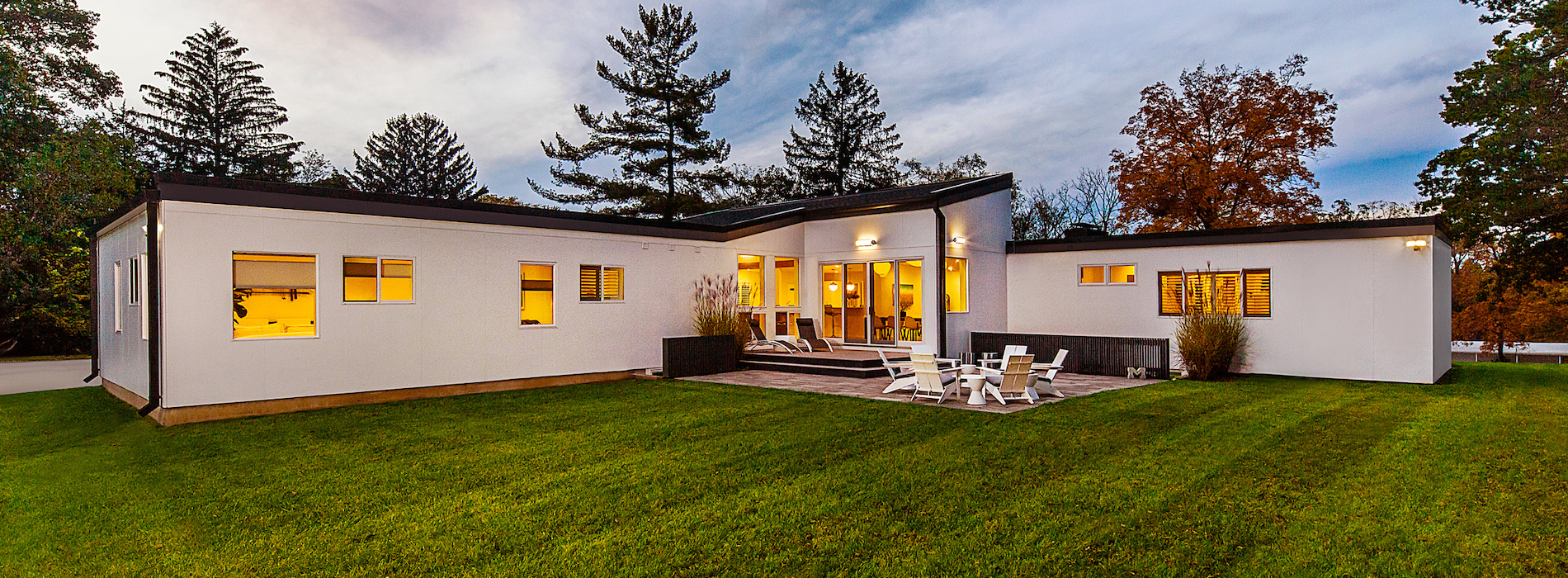
The Environmental Protection Agency (EPA) has stated that the average United States home has worse air quality than the air in our most polluted cities. In fact, it’s ranked as the fifth-worst environmental hazard!
How could that be? Well, while an individual household item may not cause a significant health risk, the cumulative effect of the hundreds of chemicals we bring into our homes has been shown to pose a serious risk.
As a result, ever since we started tightening up home envelopes in the 1970s, asthma and allergies have steadily risen to epidemic levels — not to mention that the pandemic has many Americans spending more time than ever in their homes, exacerbating the problem. So, where do we go from here?
In recent years, environmental and green building experts have been researching ways to minimize these negative impacts and improve air quality within homes across the country. Below, we’ll share some of what they’ve found.
The most effective way to improve your home’s air quality is to mechanically ventilate your home through a ducted system. Devices like heat recovery ventilators (HRVs) or energy recovery ventilators (ERVs) can provide the adequate amount of air changes needed for healthy air quality, while also recovering about 70% of the energy you used to condition from the outgoing air. ERVs also balance water vapor content between the incoming and outgoing air streams, helping dehumidify the air in summer and humidify the air in winter — all without a separate humidification system!
Better yet, a ducted ventilation system can take stale air from areas you want to dehumidify, such as bathrooms, or from areas that tend to have more air pollution, such as utility rooms. You can remove pollutant or moisture-laden air from these areas and impart fresh air to the areas of your home where you spend the most time, such as bedrooms and living areas. Overall, it’s one of the best green building technologies to maintain healthy home air quality, while also saving energy.
Another good way to improve your home’s air quality is to minimize the number of chemicals or manufactured goods you bring into your home. But this plan isn’t quite foolproof, as it can sometimes be difficult to determine which products are safe and which products aren’t, especially because many of them aren’t tested. A good rule of thumb is that if you can smell something, like a plastic toy, it’ll release off-gases into your home.
From paint to hardwood floors and every finishing material in between, you have choices to make in regards to what is best for your home. There are plenty of options out there, including ones with low volatile organic compound (VOC) content.

VOCs are emitted gasses from certain solids or liquids, which include a variety of chemicals that result in both short- and long-term adverse health effects. So, in simple terms, you want to avoid them. Search for products labeled VOC-free or low-VOC, and you’ll be on a good track toward better air quality within your home.
Obviously, we all want a clean house. So, the question isn’t whether or not you should use cleaning agents, but rather what kind of cleaning agents you should use. Taking a little more time to research all-natural, non-toxic, and eco-friendly cleaning products can make all the difference when it comes to the healthiness of your air, and the healthiness of your body. And although these products may come at a bit higher cost, they’re well worth it in the long run, allowing you to breathe freely and easily.
If you do have to use cleaners that have possible toxic elements to them, store them in areas that can be closed off or in a separate area of the home, like a garage or outdoor shed, where any fumes or toxins won't be recirculated in the home's ventilation system.
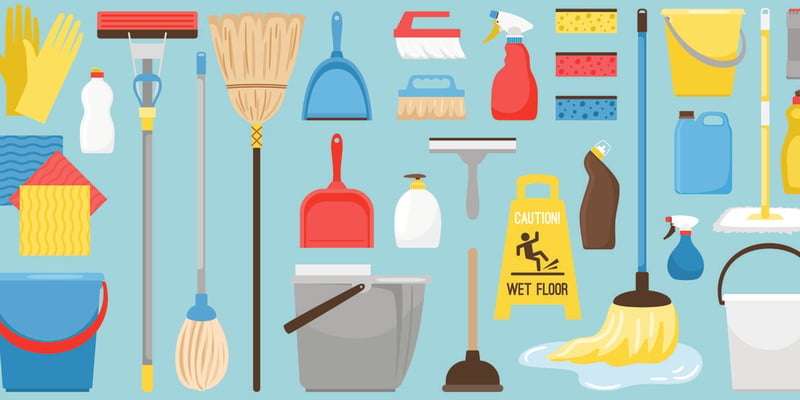
Almost all buildings and their occupants could benefit from better, more controlled air exchange — but it’s especially important for buildings designed with tight envelopes. As we tighten them for improved comfort and performance, it’s critical to consider how those changes will affect indoor air quality.
At Meadowlark Design+Build, we believe in the importance of this concept so much that we often say, “If your mechanical contractor doesn’t know much about mechanical ventilation equipment or says you don’t need it, you should find another mechanical contractor.” And if you find yourself in that position, reach out to us! Our designers and contractors are experts in building efficient, healthy homes, and we’ll help you find a solution that prioritizes your home’s air quality.
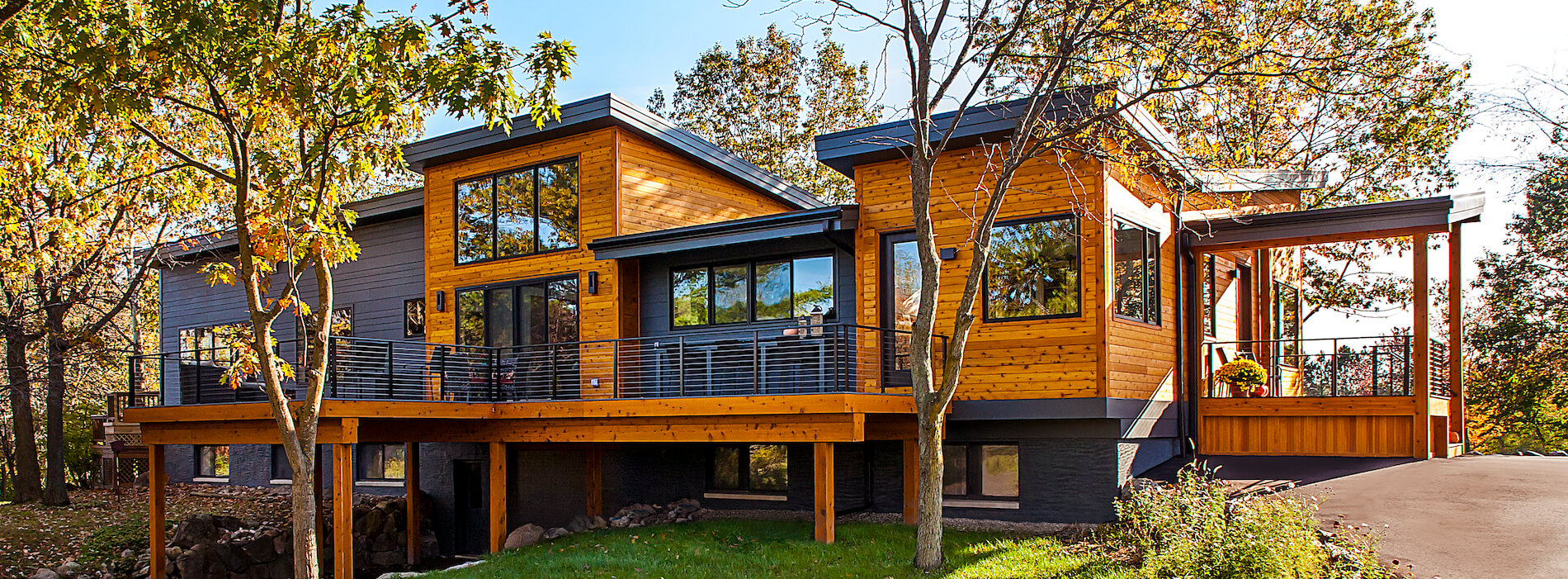
Indoor air quality hasn’t always been a topic of concern for businesses and homeowners. Thinking back to the times where smoking was permitted inside...
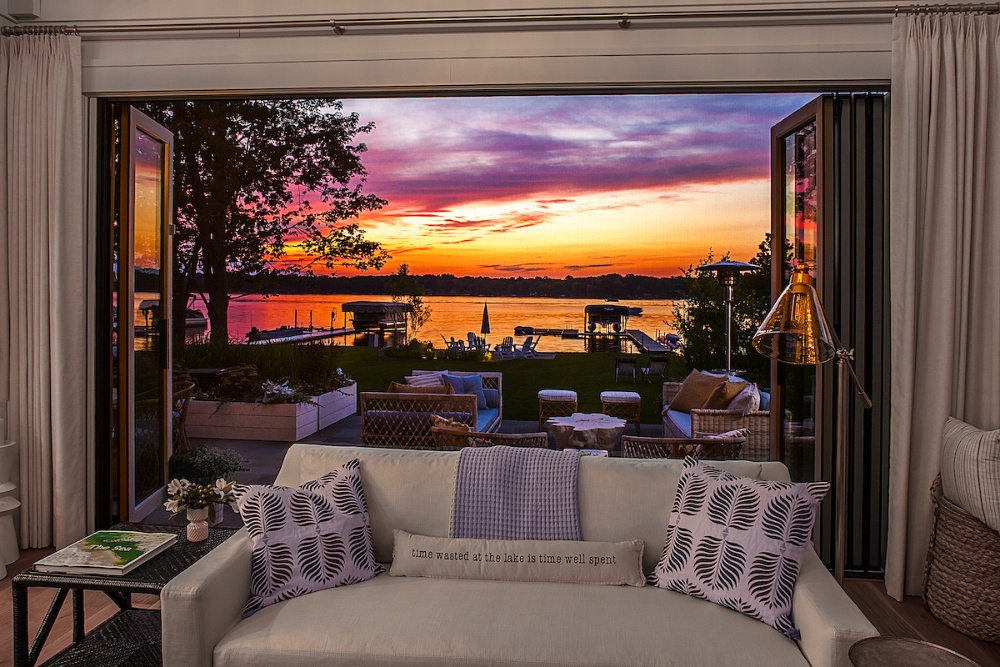
We think about the cleanliness of our homes but do we think about the cleanliness of our indoor air? According to the EPA our homes can be up to 5...
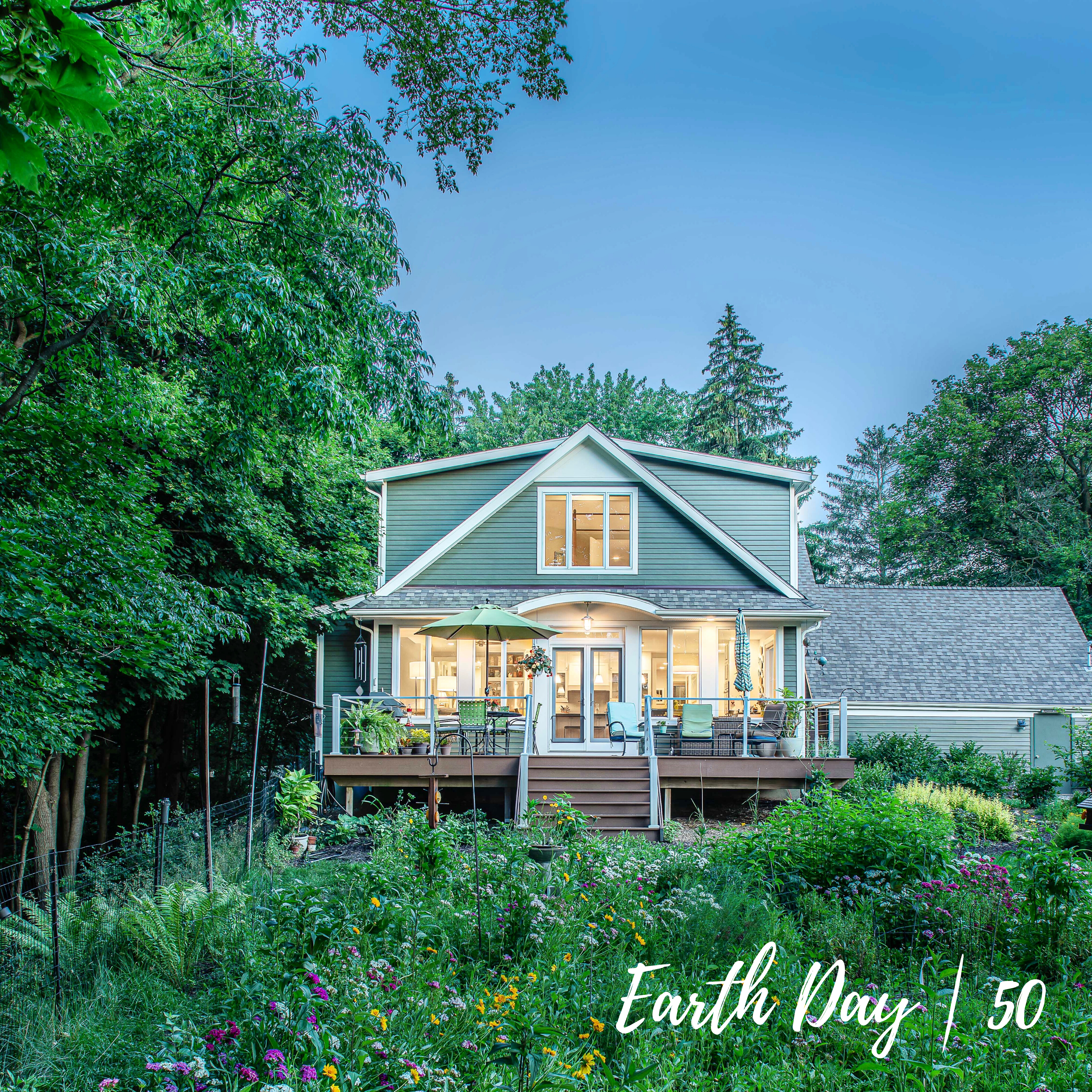
Healthy Air Quality In Your Home – It’s Good For You and For the Planet By Doug Selby According to the EPA we typically spend about 90% of our time...